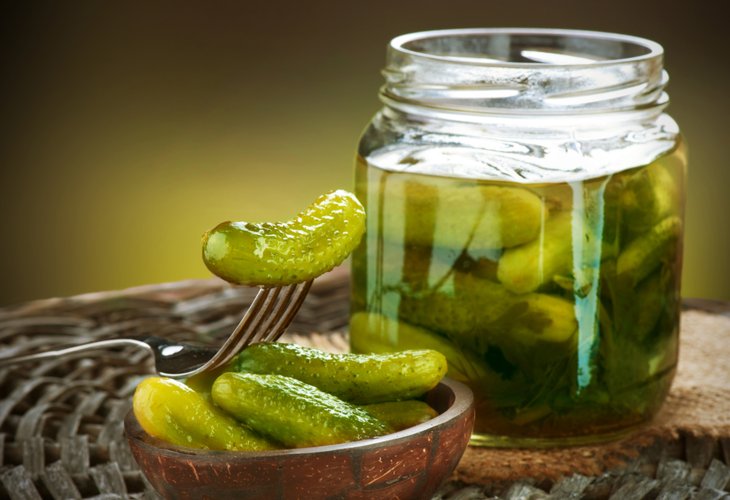Health and Nutrition
Pickles in Brine vs. Vinegar: Which Is Healthier According to Nutrition Experts?
Which type of pickles has less sodium, how they fit into a healthy diet, and why homemade pickling may be the best option for your gut and overall wellness
 (Photo: shutterstock)
(Photo: shutterstock)Pickled cucumbers are a staple in many households. Whether preserved in salt (brine) or vinegar, they add flavor and crunch to countless meals. A growing question has sparked debate regarding which type is actually healthier.
Breaking Down the Nutrition
According to Noga Presman Tal, a clinical dietitian, both versions contain similar core ingredients: cucumbers, water, salt, and spices. However, there are some key nutritional differences between the two.
Pickles in Brine (Salt-Based)
Ingredients: Cucumbers, water, salt, vinegar, spices
Per 100 grams:
Calories: 12
Carbohydrates: 2g
Protein: 1g
Fat: 0g
Sodium: 1000–1200 mg
Pickles in Vinegar
Ingredients: Cucumbers, water, table salt, white sugar, vinegar, spices
Per 100 grams:
Calories: 18
Carbohydrates: 3.5g (including 1.5g of sugar ≈ ⅓ tsp)
Protein: 1g
Fat: 0g
Sodium: 750–850 mg
What Do These Numbers Really Mean?
Presman Tal explains that ingredient lists are ordered by quantity, meaning if salt is listed second, it's a high-sodium product, which applies to both versions.
That said, both types are low in calories, making them a reasonable addition to a weight-loss or calorie-conscious diet, if eaten occasionally and in moderation.
Can You Make Them Healthier at Home?
Absolutely. If you pickle cucumbers yourself, you can control the salt content, and even encourage the growth of probiotic bacteria, which benefit gut health. Simply reduce the salt, skip the sugar, and allow natural fermentation to do its magic.
There’s no clear “winner” when it comes to brine vs. vinegar pickles. The choice really comes down to taste preference. Be mindful of the sodium, and enjoy them as an occasional treat, rather than a daily staple.

